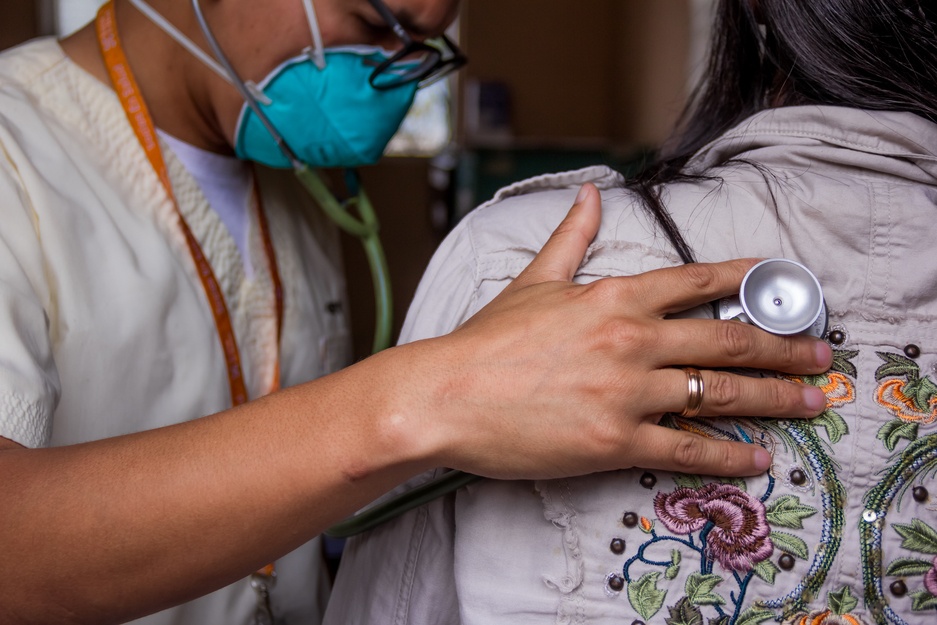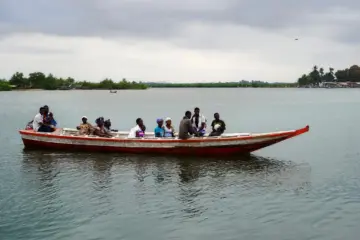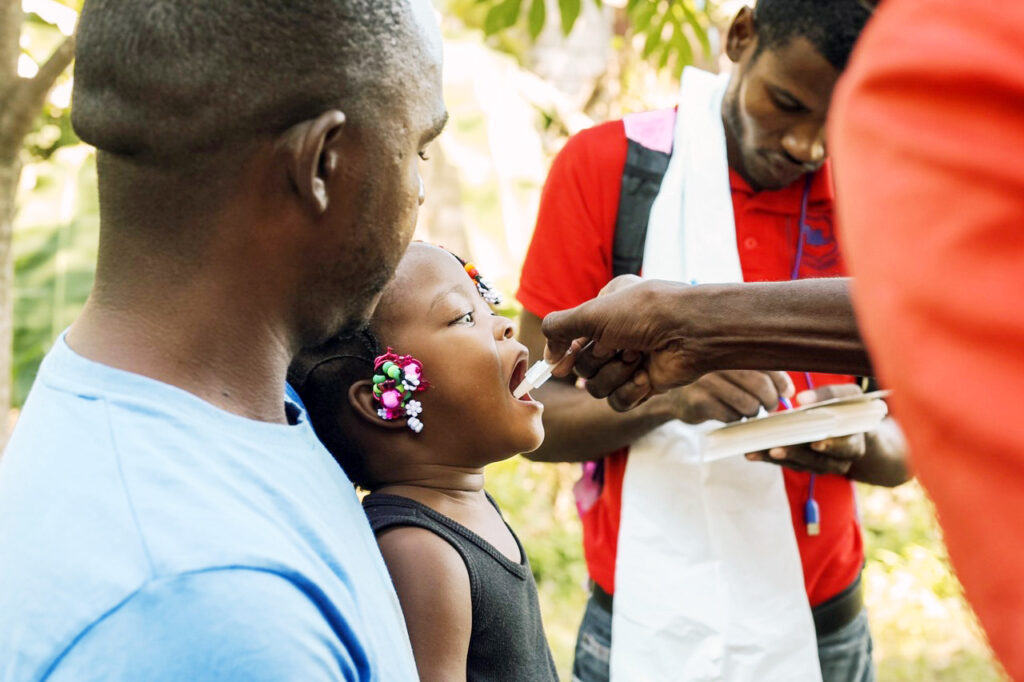What TB Can Teach Us About COVID-19


For more than two decades, Partners In Health has treated and prevented tuberculosis (TB) and its severe, drug-resistant variants in some of the poorest and most vulnerable communities in the world. Our community-based approach to care has resulted in some of the highest cure rates and lowest treatment default rates ever recorded.
Today, on World Tuberculosis Day, the planet is grappling with another infectious respiratory sickness. With case numbers rising daily in countries beset by the COVID-19 pandemic, a powerful question looms: What can we learn about COVID-19 care, treatment, and prevention from years of fighting TB—the world’s deadliest infectious disease?
What is tuberculosis (TB)?
Tuberculosis is an airborne, infectious disease that can be passed from person to person and causes progressive destruction of the lungs.
Symptoms can include a chronic cough, weight loss, and shortness of breath, which in severe cases can affect a person’s ability to walk even short distances, or conduct physical activity.
If left untreated, or if treatment is unsuccessful because of drug resistance or other factors, it can be fatal.
How is it treated?
TB can be treated by antibiotics, but the treatment process traditionally has been long and gruelling for patients, often totalling two years and thousands of pills. However, the emergence in recent years of new drugs for treating TB—including severe forms such as multidrug-resistant tuberculosis (MDR-TB)—has shortened treatment times and significantly decreased side effects, showing positive results in clinical trials around the world.
Why Is TB relevant?
TB kills 1.5 million people annually, an average of nearly 4,000 people a day. It has been the world’s deadliest infectious disease since it surpassed HIV in 2015, according to the World Health Organization.
What are key things to know about TB and COVID-19?
- Both TB and COVID-19 will disproportionately affect impoverished areas with weak health systems. We know from fighting TB that we must put vulnerable people first in the fight against COVID-19.
- Both diseases can be especially prevalent among vulnerable populations including prisoners, migrants, people living with HIV and weakened immune systems, people battling malnutrition, people living in poverty, and many others.
- Most TB survivors have gone through the isolation, fear, discrimination, and stigma that patients now are facing with COVID-19.
- Years of under-investment made tuberculosis and its drug-resistant forms the deadliest infectious disease in the world. We can’t afford to repeat these mistakes and be unprepared for pandemics like COVID-19.
- To stop COVID-19, we can use many of the same tools needed to fight TB: infection control, contact tracing, telemedicine, and psychosocial support.
- Health care workers are at the center of the fight against both of these diseases. We must protect, support, and encourage the health workers and heroes fighting TB and COVID-19 on frontlines around the world.
On World Tuberculosis Day, the global TB community stands with vulnerable populations fighting COVID-19, and Partners In Health continues to advocate for a comprehensive approach to TB, including prevention, treatment, and contact tracing—the basis for our #StopCOVID response plan.
Article originally posted on pih.org
See one family’s story of victories and losses in the fight against tuberculosis in rural Lesotho.



